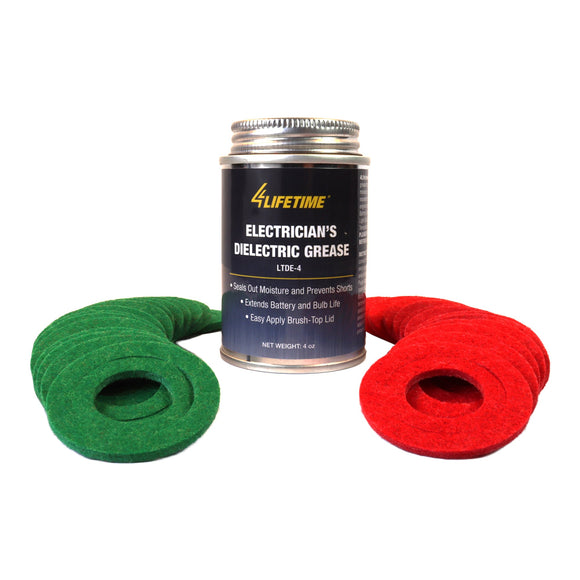
From Classic Cruiser to Daily Driver: Why Dielectric Grease Is the $10 Insurance Policy Your Electrical System Needs

Nothing ruins a Saturday cruise faster than a no-start click or a flickering headlight. Nine times out of ten, that headache traces back to a corroded connector or a wet, carbon-tracked spark-plug boot. The good news? A thin film of dielectric grease can prevent most of those gremlins—no fancy diagnostic scanner required.
What exactly is dielectric grease?
Dielectric (non-conductive) silicone grease is a water-tight, oxygen-blocking paste that coats metal contact points. It seals out moisture, salt, road grime, and battery-acid vapors, stopping corrosion before it starts. Because it’s non-conductive, current still flows through the metal-to-metal interface while the grease protects the surrounding surfaces.
Where should you use it?
|
Why it matters |
|
||
|---|---|---|---|---|
| Battery posts & clamps | Acid fumes eat terminals and cables, raising resistance and stressing the alternator. | Coat the post, clamp, and exposed wire strands before tightening down. | ||
| Spark-plug boots | Carbon tracking causes misfires, especially under load. | A pea-size dab inside each boot keeps water out and makes future plug swaps painless. | ||
| Trailer & weather-pack plugs | Road spray and winter brine corrode pins in days. | Disconnect, clean, then grease—tow lights will thank you. | ||
| Bulb sockets (tail, turn, headlight) | Filaments blow early when sockets oxidize. | Light coat on the metal tabs; don’t slather the glass. |
Real-world results in every climate
Our customer, John, runs an old ’97 F-150 in Michigan snow country and his shop’s delivery van lives in Florida’s salt air. Both vehicles use the same 4oz Dielectric Grease Brush-Top Can for yearly service. After two winters, the truck’s battery posts still shine, and the van’s trailer connector hasn’t corroded once. That’s proof in the pudding — and peace of mind for barely ten bucks.
Make it a one-step fix with a washer kit
If you’d rather have everything in one box, grab the Dielectric Grease & Battery Terminal Washer Kit. You get the same brush-top can plus 30 color-coded felt washers (red for positive, green for negative). The felt soaks up grease, keeps it where it belongs, and adds a visual reminder of polarity—handy when you’re leaning over a crowded engine bay.
How to apply in five easy steps
-
Disconnect the negative cable first, then the positive.
-
Clean terminals and clamps with a wire brush until you see bright metal.
-
Slip on a felt washer coated lightly with grease (kit method) or brush a thin film directly onto the post and clamp.
-
Reconnect positive first, then negative. Twist slightly to spread the grease.
-
Wipe away excess. You want a glossy coat—not a peanut-butter sandwich.
Bonus: While you’ve got the hood up, pop off each spark-plug wire, add a dab inside the boot, and click it back on. Five extra minutes now saves you from seized boots down the road.
The $10 takeaway
Whether you’re wrenching on a classic cruiser, keeping the daily driver dependable, or turning bays in a pro shop, dielectric grease is the cheapest insurance you can buy. It keeps electrons flowing, prevents surprise tow bills, and stretches the life of pricey electrical components. Toss a can (or the full washer kit) in the top drawer of your box today—your future self will thank you the next time the weather turns nasty!
Shop smart, wrench safe, and keep those connections clean with 4LifetimeLines.
